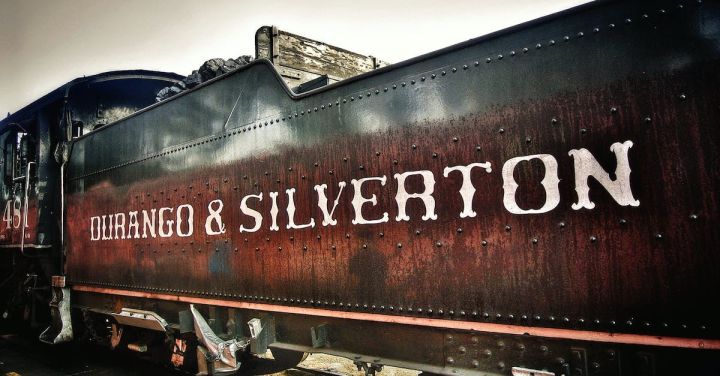When you think of the iconic image of a locomotive chugging along the tracks, have you ever wondered about the person at the helm? The locomotive engineer, with their hand on the throttle and their eyes fixed on the horizon, holds the responsibility of safely transporting passengers and cargo across vast distances. But what is life like in the engineer’s seat? We spoke to several experienced locomotive engineers to get an inside look into their world.
One common theme that emerged from our conversations was the sheer adrenaline rush that comes with operating a locomotive. The immense power at their fingertips, combined with the need for split-second decision-making, creates an exhilarating experience like no other. “There’s nothing quite like the feeling of raw power when you open up that throttle and feel the locomotive surge forward,” one engineer shared. “It’s a rush that never gets old.”
But with great power comes great responsibility, as the saying goes. Locomotive engineers understand the weight of their role in ensuring the safety of everyone on board. “We are the guardians of the rails,” another engineer explained. “Every decision we make has the potential to save lives, so we have to be constantly vigilant and focused.”
One aspect that surprised us was the level of skill and knowledge required to be a successful locomotive engineer. It’s not just about pushing a few buttons and pulling levers; it’s a highly technical job that demands a deep understanding of the locomotive’s mechanics and the intricacies of the tracks. “We have to be able to diagnose and fix mechanical issues on the fly,” one engineer said. “And we have to know every twist and turn of the tracks like the back of our hand.”
Another fascinating aspect of the engineer’s role is the solitude that comes with the job. While locomotive engineers often work as part of a larger team, their time in the cab is spent alone, with only the rhythmic chugging of the locomotive and the passing scenery for company. “It’s a unique kind of solitude,” one engineer reflected. “There’s a certain peace that comes with being alone in the cab, but it also requires a level of self-discipline and focus.”
Of course, life as a locomotive engineer is not without its challenges. Long hours, unpredictable schedules, and time away from family are all part of the job. “We miss birthdays, anniversaries, and other important moments,” one engineer shared. “But we do it because we love what we do. There’s a sense of pride that comes with being a locomotive engineer.”
Despite the challenges, these engineers wouldn’t trade their jobs for anything. The sense of camaraderie among the railway community, the opportunity to see the country from a unique perspective, and the satisfaction of a job well done all make it worthwhile. “It’s not just a job; it’s a way of life,” one engineer said.
As our conversations with these locomotive engineers came to an end, one thing became clear: this is a profession that requires passion, skill, and a love for the rails. The engineers we spoke to were proud of what they do and spoke with an infectious enthusiasm that left us in awe.
So the next time you see a locomotive thundering past, take a moment to appreciate the person in the cab. They are the ones who keep the wheels turning, the ones who bring us closer to our destinations. They are the voices from the rails, and their stories are as fascinating as the journeys they undertake.
